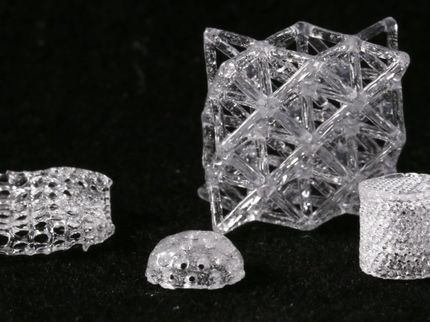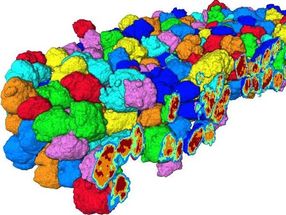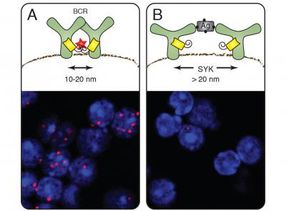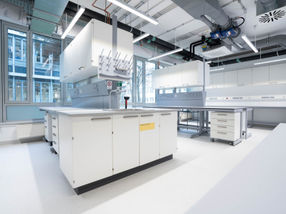New 3D-printing method makes two materials from one resin
Innovative material responds differently to UV versus visible light
Advertisement
One-pot recipes make preparing meals quick and easy. And one-pot 3D-printing could do the same for additive manufacturing. Now, researchers publishing in ACS Central Science have demonstrated a new resin that simultaneously creates solid objects and dissolvable structural supports, depending on what type of light the resin is exposed to. The approach could increase the applications for 3D-printed objects, including tissue engineering scaffolds, joints and hinges.
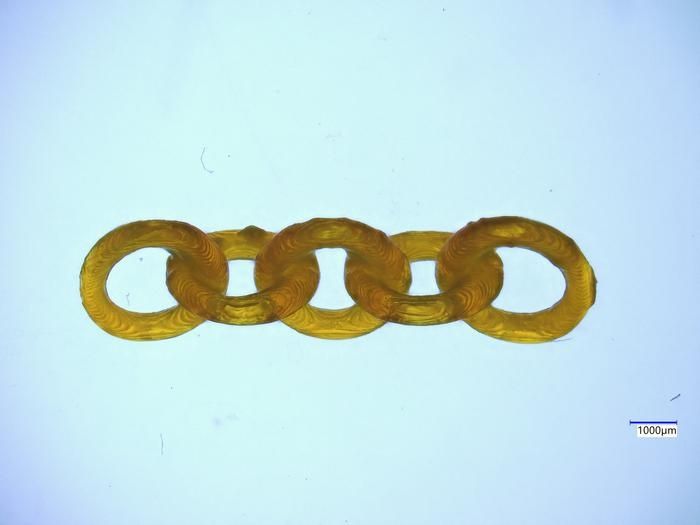
Elaborate multipart objects, like this chain, can be 3D printed all at once using a new vat polymerization technique.
Adapted from ACS Central Science 2025, DOI: 10.1021/acscentsci.5c00337
“Vat photopolymerization is known for its fast and high-resolution printing, but one of the most nerve-wracking parts after printing is manually removing supports for intricate interlocking and overhang structures,” says Maxim Shusteff, one of the study’s corresponding authors. “We are very excited that we can use simple chemistry to solve this issue.”
Vat polymerization produces solid 3D objects after beams of light shine on photoreactive liquid resins. This 3D-printing method is typically fast and inexpensive. However, intricate items created with vat polymerization usually require supports such as temporary scaffolds, which get attached when the original object is dipped into a second batch of resin. This second step adds time and expense to the process because of the extra resin and extra effort required to remove the temporary supports. Shusteff, Sijia Huang and colleagues have developed a one-pot method of vat polymerization by formulating a single resin that hardens into permanent and dissolvable materials when exposed to UV and visible light, respectively. They also created a special 3D printer that emits both types of light, allowing the researchers to print an object and its supports simultaneously.
The researchers mixed different components, including acrylate/methacrylate and epoxy monomers, as well as photoreactive substances that absorb both visible and UV light, to create their one-pot resin. During initial tests with the photoreactive substance, they observed that under visible light the acrylate monomers solidified and formed dissolvable, anhydride-based support materials. Under UV light, but not visible light, the epoxy monomers hardened into the permanent portion of the object. To dissolve the support material, the researchers added the objects to a sodium hydroxide solution at room temperature, and the permanent object was revealed within 15 minutes. Importantly, the researchers note that the anhydride-based scaffolds degraded into nontoxic compounds.
In subsequent demonstrations of the new approach, Shusteff and Huang’s team created increasingly complex structures: a checkerboard pattern, a cross, interlocking rings, a ball in a cage, and two balls in a helix.



